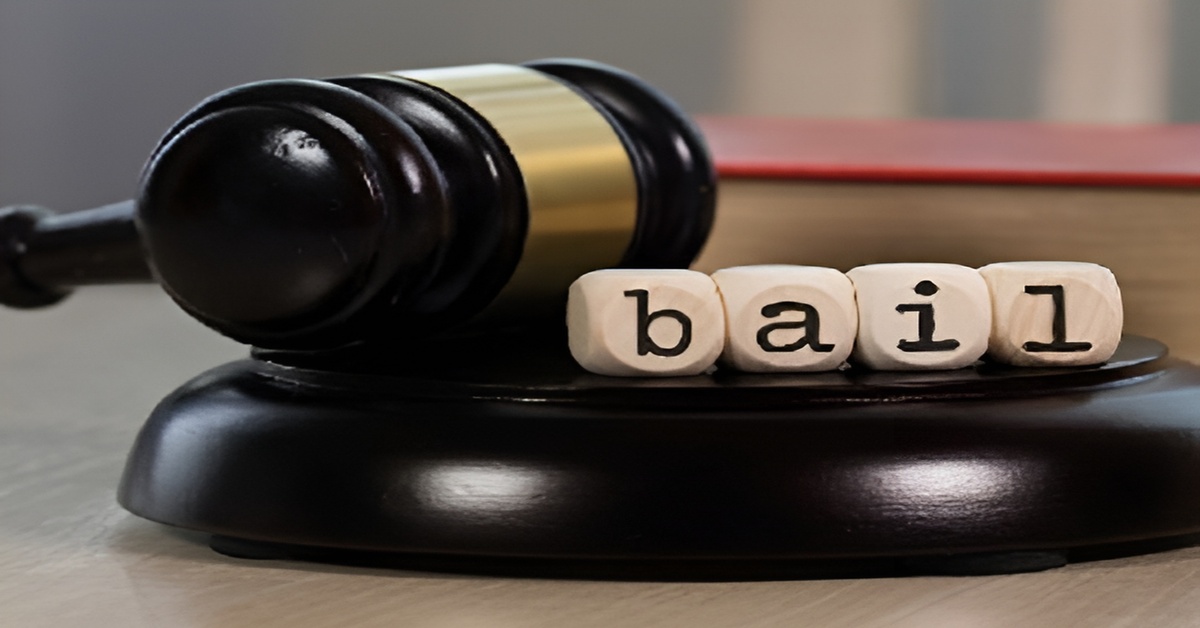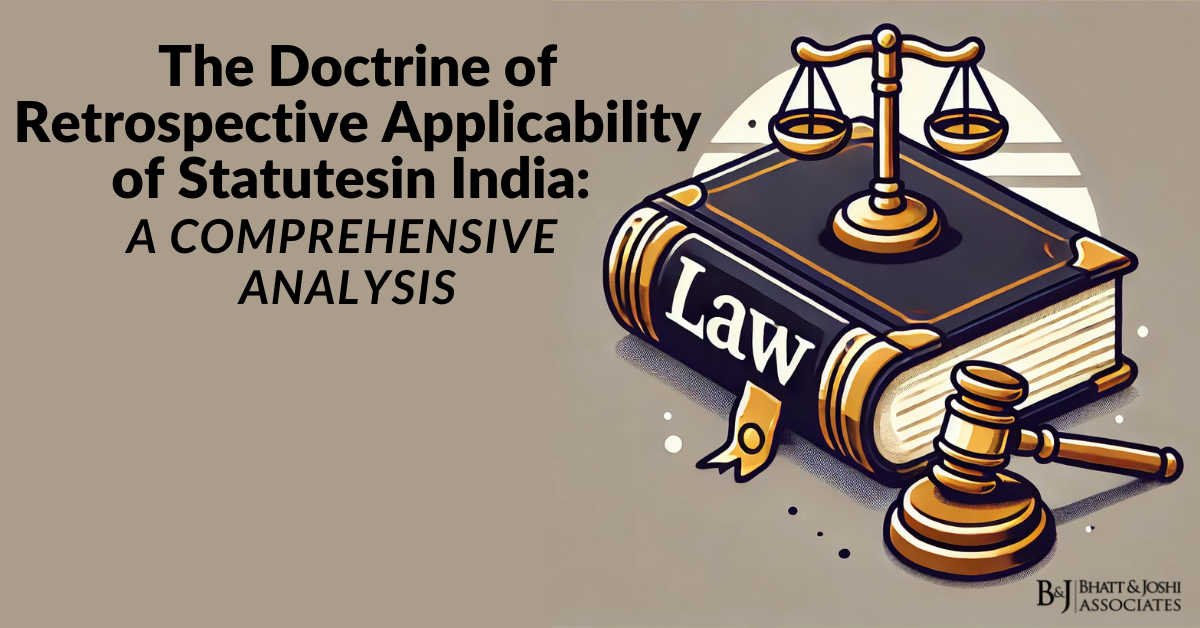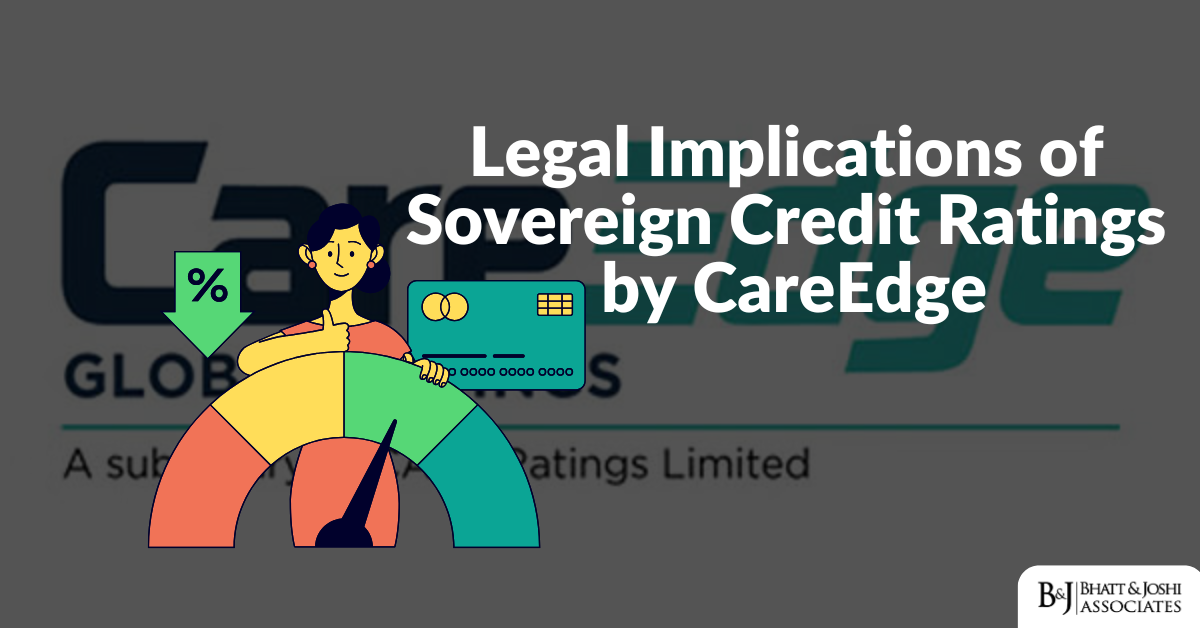Background, Parties, and Judges
Parties Involved in Bhima Koregaon Case
The appellant in this case is Mahesh Sitaram Raut, and the respondents are the National Investigation Agency (NIA) and the State of Maharashtra.
Judges Presiding for Bhima Koregaon Case
The judgment was delivered by a bench comprising Justices A.S. Gadkari and Sharmila U. Deshmukh.
Factual Background
The case pertains to the Bhima Koregaon Shaurya Din Prerana Abhiyan, an event organized on December 31, 2017. The event led to large-scale violence and the loss of one life. Mahesh Raut was accused of having links with the banned CPI(Maoist) organization and was arrested in 2018.
“On 31.12.2017, Bhima Koregaon Shaurya Din Prerana Abhiyan, organised an event called ‘Elgaar Parishad’ in Shaniwarwada, Pune… There was large scale violence and one youth lost his life.” (Page 3, Paragraph 4)
Legal Proceedings Culminating into Judgment
Mahesh Raut was arrested in 2018 and charged under various sections of the Indian Penal Code, 1860, and the Unlawful Activities (Prevention) Act, 1967. His bail application was rejected by the Special Judge (N.I.A.), City Civil & Sessions Court, Greater Mumbai, leading to this appeal.
“Appellant filed an application for bail under Section 439 of CrPC before the learned Additional Sessions Judge at Pune, which was rejected by an Order dated 06.11.2019.” (Page 7, Paragraph 7)
Controversy Involved and Relevant Provisions of Law
The primary controversy revolves around whether Mahesh Raut was involved in a ‘terrorist act’ under Section 15 of the Unlawful Activities (Prevention) Act, 1967. Other sections invoked include Sections 16, 17, 18, 20, and 39 of the UAP Act.
“Appellant has committed or indulge in a ‘terrorist act’ as contemplated under Section 15 of UAP Act.” (Page 20, Paragraph 12.1)
Section 43D(5) of UAPA
The Bombay High Court, in its judgment, specifically addressed the restrictive provisions of Section 43D(5) of the UAPA, which makes it difficult for an accused to secure bail if the court believes that the accusations are prima facie true.
“The law relating to interpretation and application of Section 45-D(5) is well enunciated and crystallized by the Hon’ble Supreme Court by its various decisions.” (Page 13)
“Under ordinary circumstances in a petition for bail, this exercise of analysis of evidence would not have been necessary. But in view of the restrictive provisions of Section 43D of the 1967 Act, some element of evidence-analysis becomes inevitable.” (Page 15, Paragraph 15)
Section 43D(5) of the UAPA stipulates that no person accused of an offense punishable under Chapters IV and VI of the Act shall be released on bail if the court believes that the accusations against him are prima facie true.
“Notwithstanding anything contained in the Code [of Criminal Procedure], no person accused of an offence punishable under Chapters IV and VI of this Act shall, if in custody, be released on bail or on his own bond unless the Public Prosecutor has been given an opportunity to oppose the application for such release: Provided that such accused person shall not be released on bail or on his own bond if the Court, on a perusal of the case diary or the report made under section 173 [of CrPC] is of the opinion that there are reasonable grounds for believing that the accusation against such person is prima facie true.” 1
Provisions Governing Bail Under UAPA
The Hon’ble Supreme Court has laid down guidelines for granting bail under UAPA. The Court must consider whether there are reasonable grounds for believing that the accusations against the accused are prima facie true.
“Therefore, while deciding a bail petition filed by an accused against whom offences under Chapters IV and VI of the 1967 Act have been alleged, the Court has to consider whether there are reasonable grounds for believing that the accusation against the accused is prima facie true.” (Page 14, Paragraph 14)
Rival Submissions
For the Appellant
Senior Advocate Mihir Desai argued that Mahesh Raut was highly educated and had no corroborative evidence against him. He emphasized Raut’s social work and international exposure.
For the Respondent
The NIA opposed the bail, citing a larger conspiracy to wage war against the country. They relied on statements of witnesses and letters allegedly procured from hard drives.
Important Observations of Court
“cannot be said that there are reasonable grounds for believing that the accusations against the Appellant is prima-facie true to attract Sections 16, 17, 18, 20 and 39 of UAP Act.” (Page 21, Paragraph 15)
Conclusion
The Bombay High Court granted bail to Mahesh Raut, observing that the material against him could not lead to a prima facie inference of his involvement in a ‘terrorist act’ under the UAP Act. The Court also noted that Raut had already spent over five years in prison without trial, further strengthening his case for bail.
“The Appellant is in pre-trial incarceration for more than five years and three months. There are no criminal antecedents at the discredit of Appellant. Therefore in our opinion a case for grant of bail to the Appellant has been made out.” (Page 21, Paragraph 15.1)
This judgment serves as a significant precedent, emphasizing the need for strong, corroborative evidence when invoking stringent laws like the UAP Act.
1 Section 43D(5) of the Unlawful Activities (Prevention) Act, 1967














